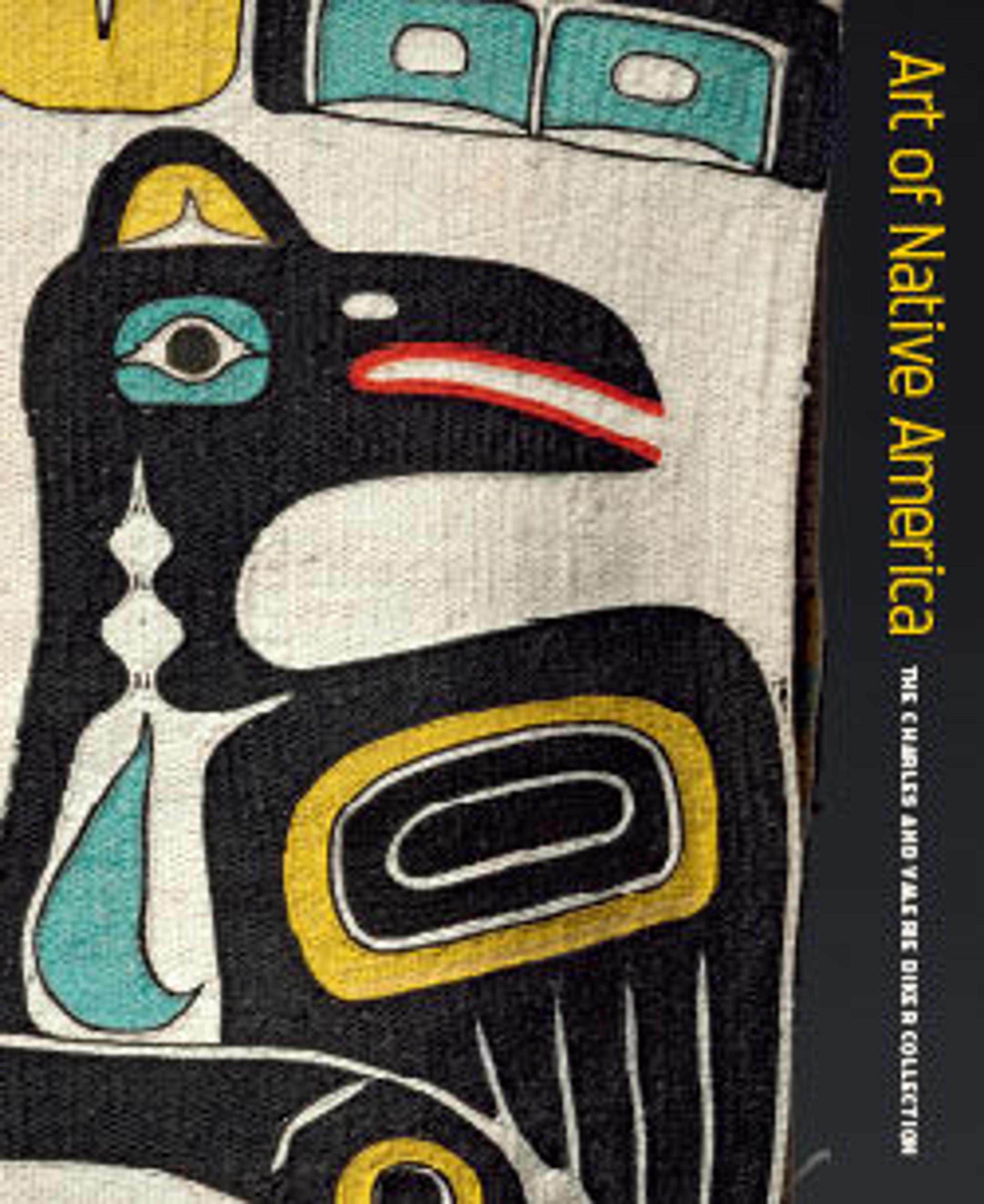Bowl
During potlatch feasts across the Northwest Coast, food is served in a variety of carved wooden bowls. Guests receive bowls sized according to their position in the community—the higher the rank, the larger the bowl. Artists imbue serving dishes with energy through graphic elements, including abstract humans, animals, and supernatural beings. The master carver of this deep container inlaid the incurving rim with four sets of nine white opercula—the removable coverings that secure a marine mollusk’s shell—which contrast with the dark wood. This bowl is a rare example of an early contact-period style of ornamentation, not yet influenced by trade with European expeditionary forces.
Artwork Details
- Title:Bowl
- Date:ca. 1750–1800
- Geography:Made in Alaska, United States
- Culture:Tlingit, Native American
- Medium:Wood, shell, and pigment
- Dimensions:6 × 11 1/2 × 12 in. (15.2 × 29.2 × 30.5 cm)
- Credit Line:The Charles and Valerie Diker Collection of Native American Art, Gift of Charles and Valerie Diker, 2021
- Object Number:2021.434.5
- Curatorial Department: The American Wing
More Artwork
Research Resources
The Met provides unparalleled resources for research and welcomes an international community of students and scholars. The Met's Open Access API is where creators and researchers can connect to the The Met collection. Open Access data and public domain images are available for unrestricted commercial and noncommercial use without permission or fee.
To request images under copyright and other restrictions, please use this Image Request form.
Feedback
We continue to research and examine historical and cultural context for objects in The Met collection. If you have comments or questions about this object record, please contact us using the form below. The Museum looks forward to receiving your comments.
